Home>Renovation & DIY>Home Renovation Guides>How To Prevent Birds From Nesting In Eaves


Home Renovation Guides
How To Prevent Birds From Nesting In Eaves
Published: February 2, 2024
Learn effective home renovation guides to prevent birds from nesting in eaves. Protect your property with these simple and practical tips.
(Many of the links in this article redirect to a specific reviewed product. Your purchase of these products through affiliate links helps to generate commission for Storables.com, at no extra cost. Learn more)
Introduction
Birds nesting in eaves can be a common and frustrating issue for homeowners. While birds are a beautiful part of nature, their nesting habits can lead to a range of problems, including noise, mess, and potential damage to the property. Fortunately, there are effective and humane methods to prevent birds from nesting in eaves, allowing homeowners to coexist peacefully with their avian neighbors.
In this comprehensive guide, we will explore the various strategies and preventive measures that can be employed to deter birds from nesting in eaves. By understanding the behavior of birds and implementing proactive solutions, homeowners can create a bird-free environment while respecting the natural instincts of these creatures.
Throughout this guide, we will delve into the underlying reasons why birds are drawn to eaves for nesting, the potential risks associated with bird infestations, and the steps that can be taken to address this issue. From assessing the situation to implementing preventive measures and maintaining a bird-free environment, we will provide practical insights and actionable tips to help homeowners tackle this common concern.
By taking a proactive approach to bird prevention, homeowners can safeguard their properties and enjoy a peaceful living environment free from the disruptions caused by nesting birds. Whether you're dealing with persistent avian visitors or seeking preemptive measures to avoid potential issues, this guide will equip you with the knowledge and tools needed to address the problem effectively.
Let's embark on this journey to create a harmonious cohabitation with our feathered friends while preserving the integrity of our homes. Through a combination of understanding, strategic planning, and compassionate action, we can mitigate the challenges posed by birds nesting in eaves and cultivate a tranquil living space for both humans and wildlife.
Key Takeaways:
- Keep birds out of your eaves by using humane deterrents, sealing off entry points, and managing the environment. Regular maintenance and community collaboration are key to maintaining a bird-free home.
- Understanding bird behavior and implementing targeted prevention measures can create a peaceful coexistence with our feathered friends while safeguarding our homes.
Understanding the Problem
Birds nesting in eaves pose a range of challenges for homeowners, necessitating a deeper understanding of the underlying factors driving this behavior. Eaves, with their sheltered and elevated position, provide an ideal nesting environment for birds seeking protection and warmth. Additionally, the proximity to food sources and the absence of natural predators in these areas further attract birds to establish their nests in eaves.
The nesting habits of birds can lead to several issues for homeowners. Firstly, the accumulation of nesting materials, such as twigs, leaves, and feathers, can obstruct gutters and drainage systems, potentially causing water damage to the property. Moreover, the presence of nesting birds can result in unsightly droppings and debris, leading to cleanliness and hygiene concerns. In some cases, the birds' territorial behavior and vocalizations can create disturbances, impacting the peace and tranquility of the household.
Understanding the specific bird species that are prevalent in the area is crucial in addressing the problem effectively. Different bird species exhibit varying nesting behaviors and preferences, influencing the choice of preventive measures. For instance, certain species may be more attracted to eaves due to the availability of specific nesting materials or the proximity to preferred foraging grounds. By identifying the predominant bird species, homeowners can tailor their preventive strategies to target the specific behaviors and preferences of these birds.
Furthermore, recognizing the legal and ethical considerations surrounding bird control is essential. Many bird species are protected by wildlife conservation laws, requiring homeowners to employ humane and non-lethal methods when addressing bird infestations. By understanding the legal framework and ethical responsibilities associated with bird prevention, homeowners can navigate the issue with integrity and respect for wildlife.
In essence, comprehending the motivations behind birds nesting in eaves and the potential ramifications of this behavior is fundamental in devising effective and sustainable solutions. By gaining insight into the ecological, structural, and regulatory aspects of the problem, homeowners can approach bird prevention with informed decision-making and a commitment to coexisting harmoniously with nature.
Assessing the Situation
Assessing the situation is a critical initial step in addressing the issue of birds nesting in eaves. It involves a comprehensive evaluation of the property, the behavior of the nesting birds, and the environmental factors contributing to the infestation. By conducting a thorough assessment, homeowners can gain valuable insights that inform the selection and implementation of appropriate preventive measures.
Property Inspection
The assessment begins with a detailed inspection of the property, focusing on the eaves and surrounding areas. Homeowners should identify the specific locations where birds are nesting or exhibiting nesting behaviors. This includes observing the presence of nesting materials, such as twigs, leaves, and feathers, as well as any signs of bird droppings or debris accumulation. Additionally, assessing the condition of the eaves, including any structural vulnerabilities or openings that may facilitate bird access, is crucial in developing targeted prevention strategies.
Bird Behavior Analysis
Understanding the behavior of the nesting birds is paramount in devising effective preventive measures. Homeowners should observe the species of birds involved, their nesting patterns, and the frequency of their visits to the eaves. By recognizing the nesting habits and preferences of the birds, such as nesting material choices and nesting site selection, homeowners can tailor their prevention efforts to deter specific avian behaviors.
Read more: How To Prevent Wasp Nests Under Eaves
Environmental Factors
Assessing the environmental factors contributing to the bird infestation is essential for long-term prevention. This includes identifying nearby food sources, water bodies, and sheltered areas that attract birds to the property. Additionally, evaluating the presence of natural predators or deterrents, such as bird of prey decoys or reflective devices, can influence the effectiveness of preventive measures. By considering the environmental context, homeowners can implement holistic strategies that address the root causes of the bird infestation.
Documentation and Observation
Documenting the findings of the assessment through photographs, notes, and observations provides a valuable reference for planning and monitoring the effectiveness of preventive measures. By maintaining a record of the nesting sites, bird behaviors, and environmental factors, homeowners can track changes over time and adjust their prevention strategies accordingly.
In essence, assessing the situation empowers homeowners to make informed decisions and implement targeted preventive measures that address the specific dynamics of the bird infestation. By conducting a thorough evaluation of the property, understanding bird behavior, and considering environmental influences, homeowners can lay the groundwork for effective bird prevention and long-term coexistence with avian neighbors.
Implementing Preventive Measures
Implementing preventive measures to deter birds from nesting in eaves requires a strategic and proactive approach. By leveraging a combination of humane deterrents, structural modifications, and environmental management, homeowners can create an inhospitable environment for nesting birds while respecting wildlife and legal considerations.
Humane Deterrents
Humane deterrents play a pivotal role in discouraging birds from nesting in eaves. Visual deterrents, such as predator decoys, reflective tape, and scare balloons, capitalize on birds' natural instincts to avoid potential threats. These visual cues create an atmosphere of perceived danger, prompting birds to seek alternative nesting sites away from the property. Additionally, sonic deterrents, emitting non-harmful sounds that disrupt birds' communication and nesting behaviors, offer an effective means of deterring avian infestations.
Read more: How To Keep Birds From Nesting In Gutters
Structural Modifications
Addressing structural vulnerabilities in eaves is essential for preventing bird access and nesting. Sealing off potential entry points, such as gaps, crevices, and openings, with bird-proof materials effectively limits birds' ability to establish nests. Installing bird netting or wire mesh along the eaves provides a physical barrier, preventing birds from accessing nesting sites while maintaining the architectural integrity of the property. Furthermore, implementing slope modifications or installing bird spikes on eaves deters birds from perching and nesting, contributing to a bird-free environment.
Environmental Management
Managing the environmental factors that attract birds to the property is integral to long-term prevention. Minimizing food sources, such as uncovered garbage bins and bird feeders, reduces the appeal of the area for nesting birds. Additionally, pruning overhanging branches and maintaining a clean and uncluttered outdoor space diminishes potential nesting opportunities and roosting sites. By creating an environment that is less conducive to bird habitation, homeowners can proactively mitigate the risk of bird infestations in eaves.
Monitoring and Adaptation
Regular monitoring of the effectiveness of preventive measures is essential for refining and adapting the strategies over time. By observing bird behaviors and assessing the impact of deterrents and modifications, homeowners can make informed adjustments to optimize the prevention efforts. This iterative approach ensures that the preventive measures remain effective and aligned with the evolving dynamics of bird activity around the property.
In essence, implementing preventive measures involves a multi-faceted approach that combines humane deterrents, structural interventions, and environmental management. By integrating these strategies, homeowners can create a harmonious living environment that is free from the disruptions caused by birds nesting in eaves, fostering a balanced coexistence with avian neighbors.
Maintaining a Bird-Free Environment
Sustaining a bird-free environment necessitates ongoing vigilance and proactive maintenance to uphold the effectiveness of preventive measures. By prioritizing regular upkeep and strategic adjustments, homeowners can ensure that their properties remain unappealing to nesting birds, fostering a peaceful cohabitation with minimal avian disruptions.
Regular Inspection and Maintenance
Conducting routine inspections of the eaves and surrounding areas is fundamental in identifying any signs of bird activity or potential vulnerabilities. This includes checking for the accumulation of nesting materials, inspecting the integrity of deterrents and structural modifications, and assessing the cleanliness of the outdoor space. By staying attuned to changes and addressing any emerging issues promptly, homeowners can uphold a bird-free environment effectively.
Adaptive Strategies
Adapting preventive strategies in response to evolving bird behaviors and environmental factors is essential for long-term success. As bird populations and environmental conditions fluctuate, homeowners should be prepared to modify deterrents, reinforce structural modifications, and adjust environmental management practices accordingly. This adaptive approach ensures that the prevention efforts remain aligned with the dynamic nature of bird interactions, maximizing their efficacy.
Community Awareness and Collaboration
Engaging with the local community to raise awareness about bird prevention and management can contribute to a collective effort in maintaining bird-free environments. Sharing insights and best practices with neighbors, collaborating on neighborhood-wide bird control initiatives, and fostering a culture of responsible bird management can create a cohesive approach to mitigating bird infestations. By fostering a sense of shared responsibility, homeowners can collectively contribute to sustaining bird-free living spaces.
Ethical Considerations
Maintaining a bird-free environment entails upholding ethical considerations and legal obligations related to bird control. Homeowners should prioritize the use of humane and non-lethal deterrents, respect wildlife conservation laws, and seek guidance from relevant authorities when implementing preventive measures. By approaching bird prevention with integrity and compassion, homeowners can coexist harmoniously with birds while safeguarding their properties.
In essence, maintaining a bird-free environment requires a proactive and conscientious approach that encompasses regular maintenance, adaptive strategies, community collaboration, and ethical considerations. By upholding these principles, homeowners can cultivate a tranquil living environment that is resilient against bird infestations, fostering a harmonious coexistence with nature.
Read more: How To Prevent Birds From Eating Grass Seed
Conclusion
In conclusion, addressing the issue of birds nesting in eaves requires a holistic approach that encompasses understanding, assessment, prevention, and maintenance. By gaining insight into the motivations behind bird nesting behaviors and the potential implications for homeowners, individuals can approach the problem with informed decision-making and strategic planning.
The assessment of the situation plays a pivotal role in devising effective preventive measures, enabling homeowners to tailor their strategies to the specific dynamics of the bird infestation. By conducting thorough property inspections, analyzing bird behaviors, and considering environmental factors, homeowners can lay the groundwork for targeted and sustainable bird prevention.
Implementing preventive measures involves a multi-faceted approach that integrates humane deterrents, structural modifications, and environmental management. By leveraging these strategies, homeowners can create an environment that is inhospitable to nesting birds while respecting wildlife and legal considerations.
Sustaining a bird-free environment requires ongoing vigilance, adaptive strategies, community collaboration, and ethical considerations. By prioritizing regular maintenance, adapting prevention efforts, engaging with the local community, and upholding ethical standards, homeowners can foster a harmonious coexistence with nature while safeguarding their properties.
Ultimately, the journey to prevent birds from nesting in eaves is a testament to the harmonious balance between human habitation and wildlife preservation. By embracing a proactive and compassionate approach, homeowners can create tranquil living environments that respect the natural instincts of birds while mitigating the disruptions caused by nesting activities.
In essence, the prevention of birds nesting in eaves is not merely a matter of property maintenance, but a reflection of our commitment to coexisting harmoniously with the diverse ecosystems around us. Through understanding, empathy, and strategic action, homeowners can transform their living spaces into havens that accommodate both human needs and the innate behaviors of our avian counterparts.
Frequently Asked Questions about How To Prevent Birds From Nesting In Eaves
Was this page helpful?
At Storables.com, we guarantee accurate and reliable information. Our content, validated by Expert Board Contributors, is crafted following stringent Editorial Policies. We're committed to providing you with well-researched, expert-backed insights for all your informational needs.
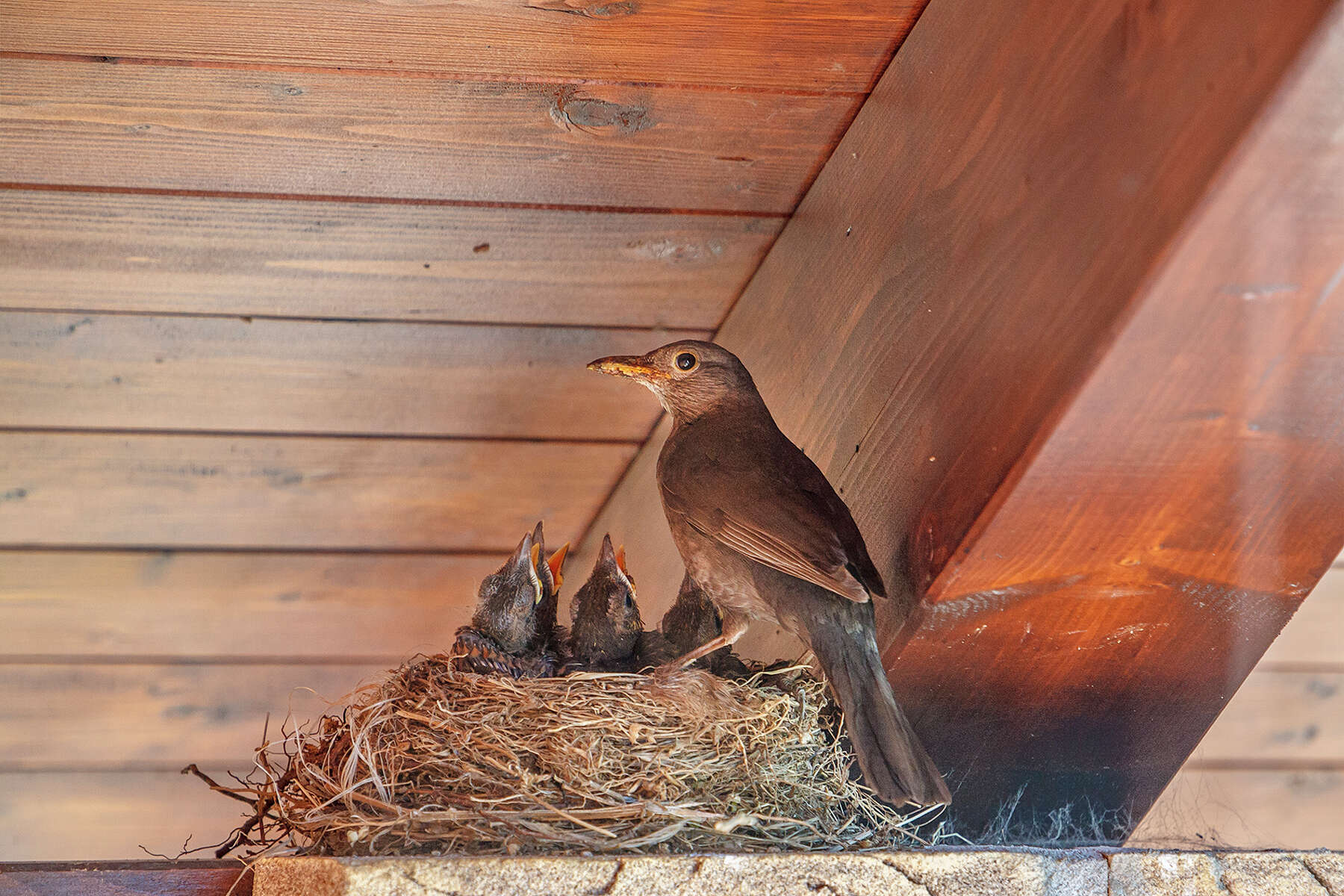
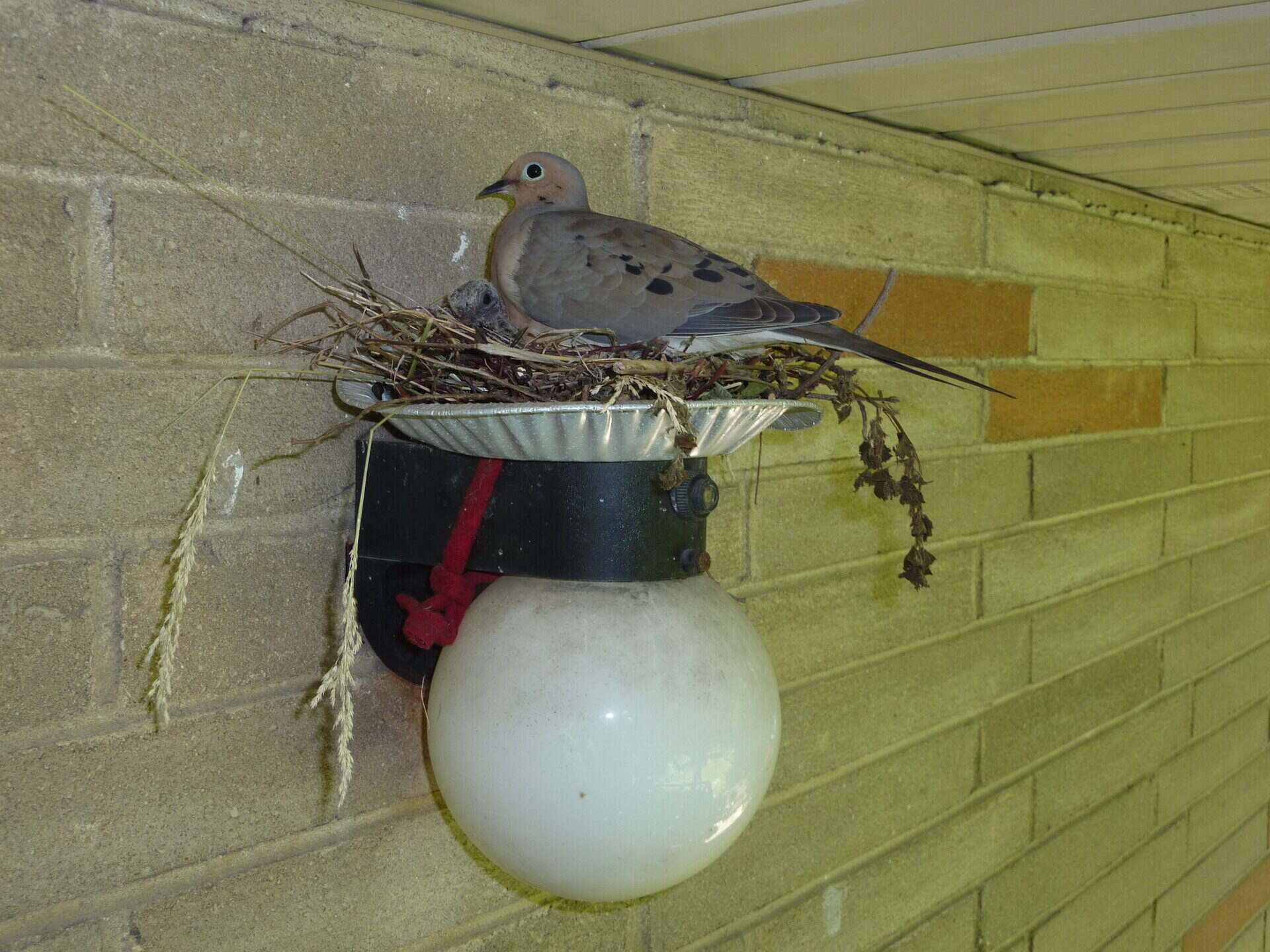
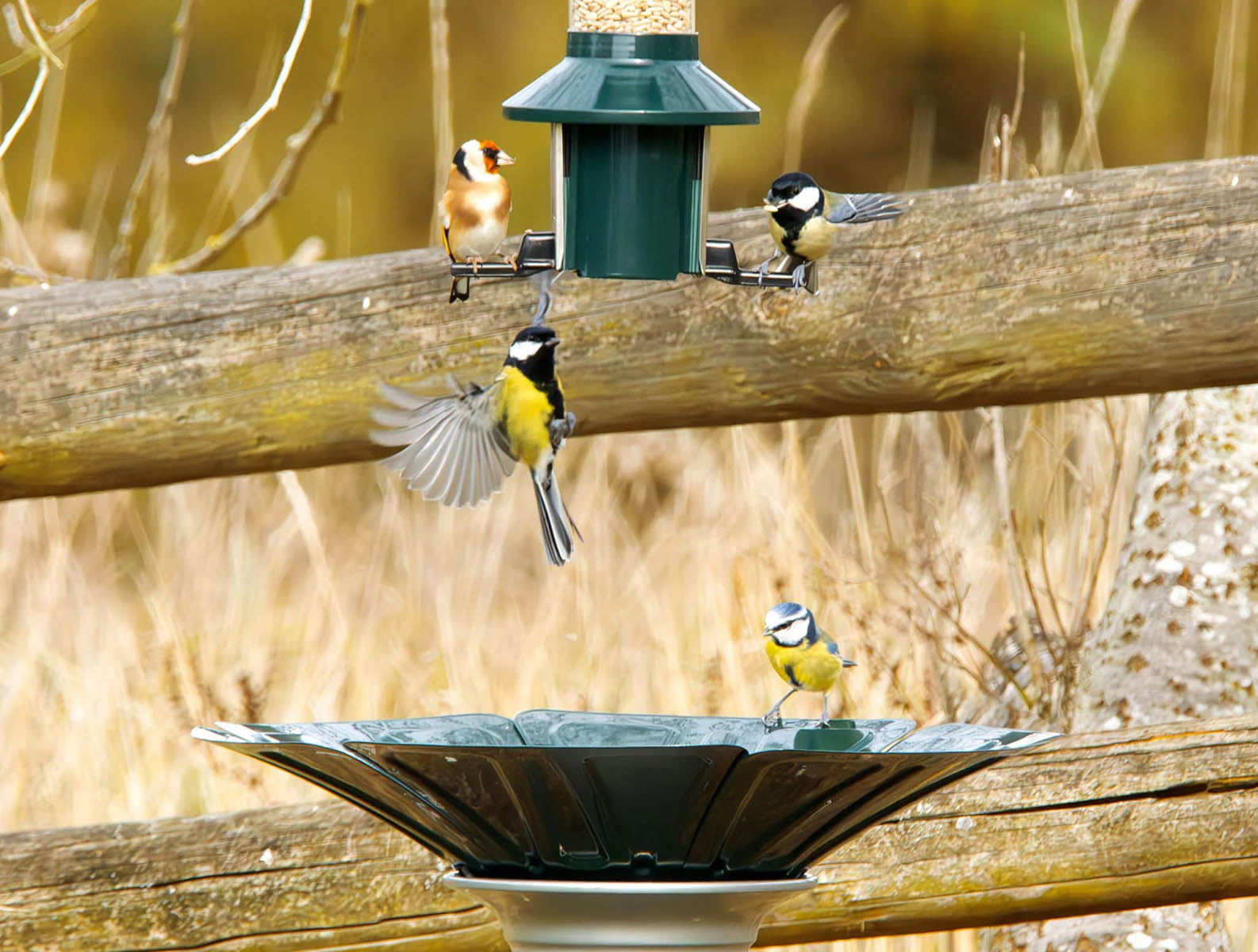
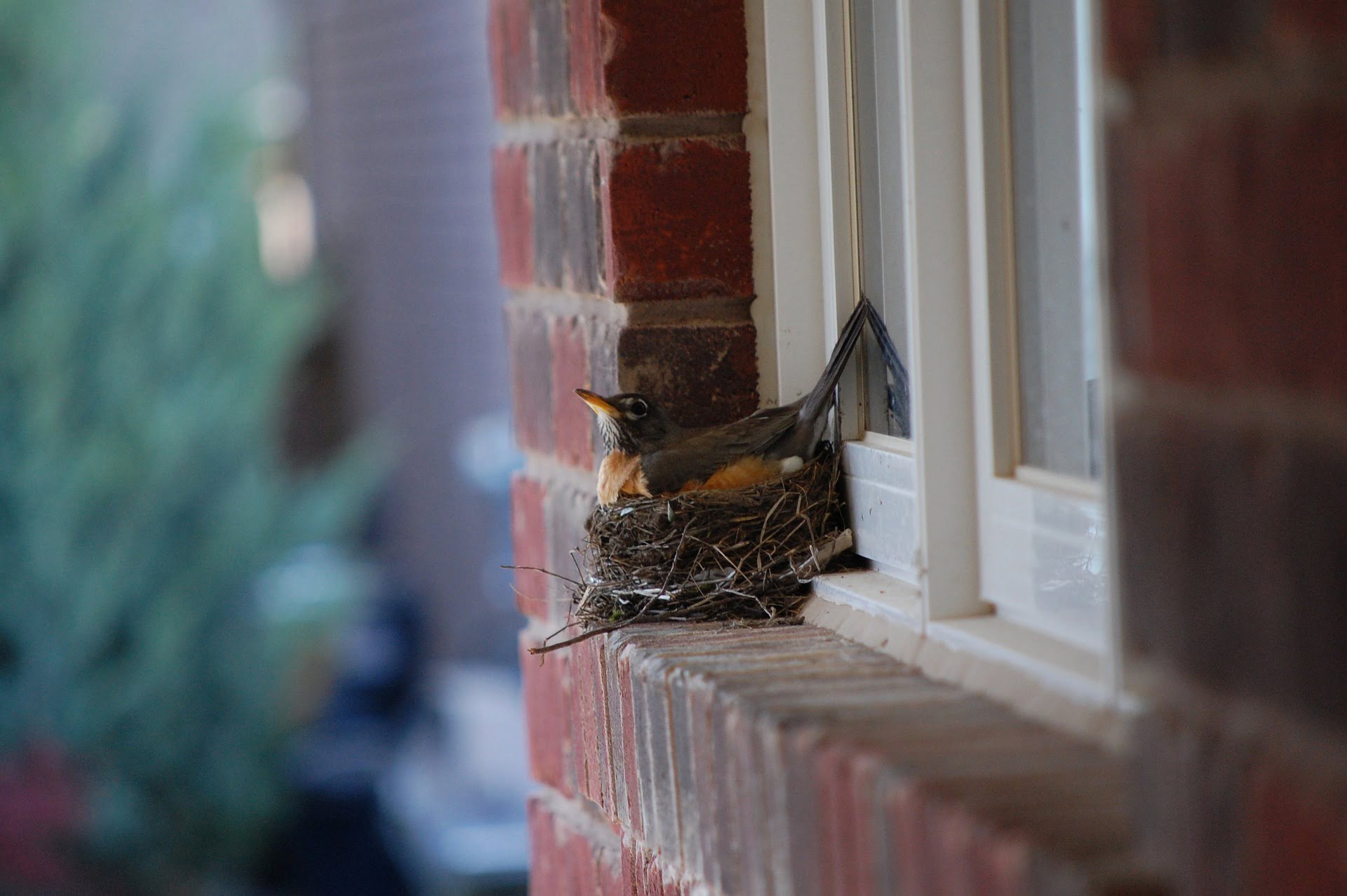
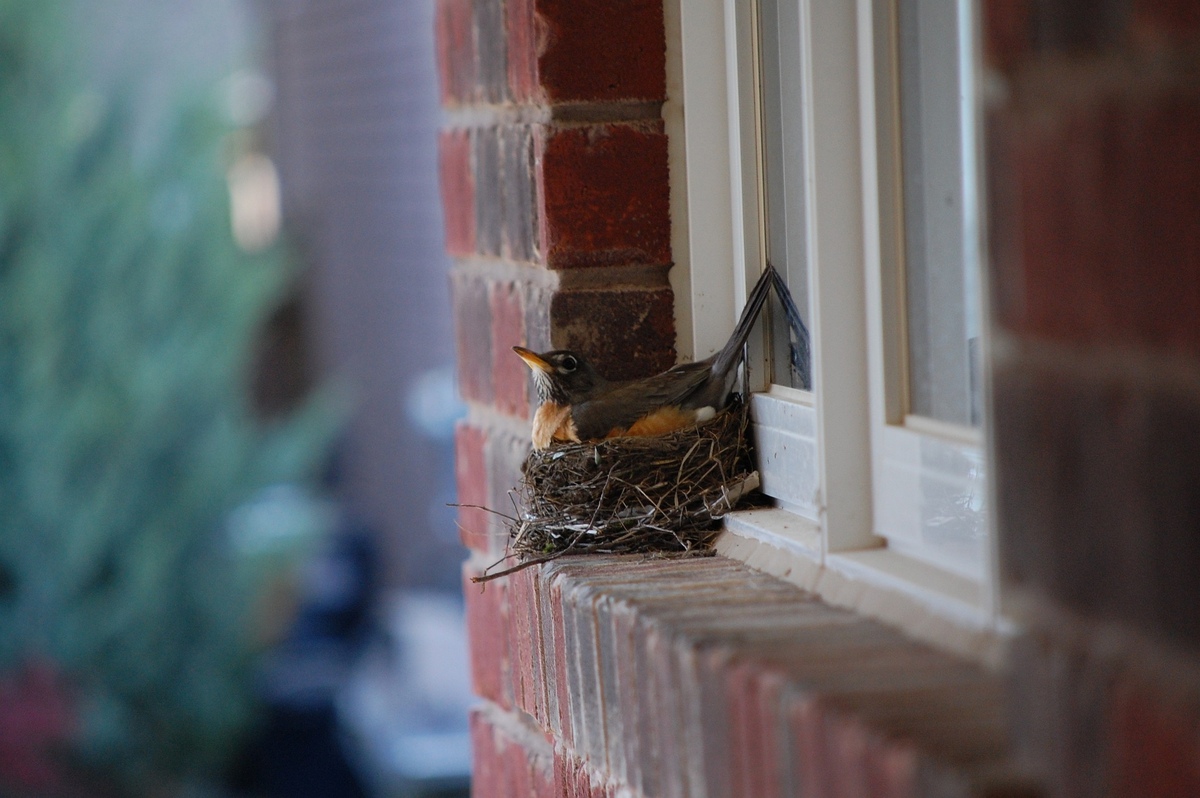
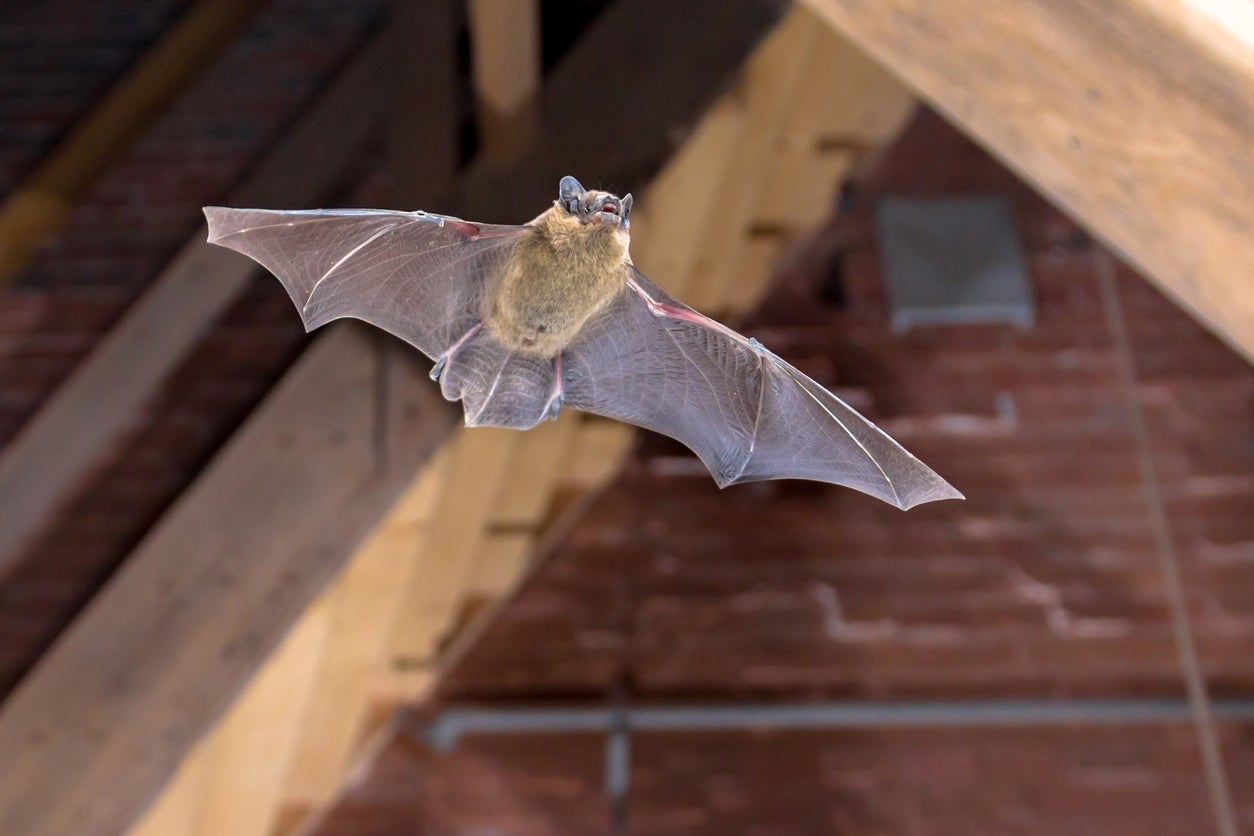
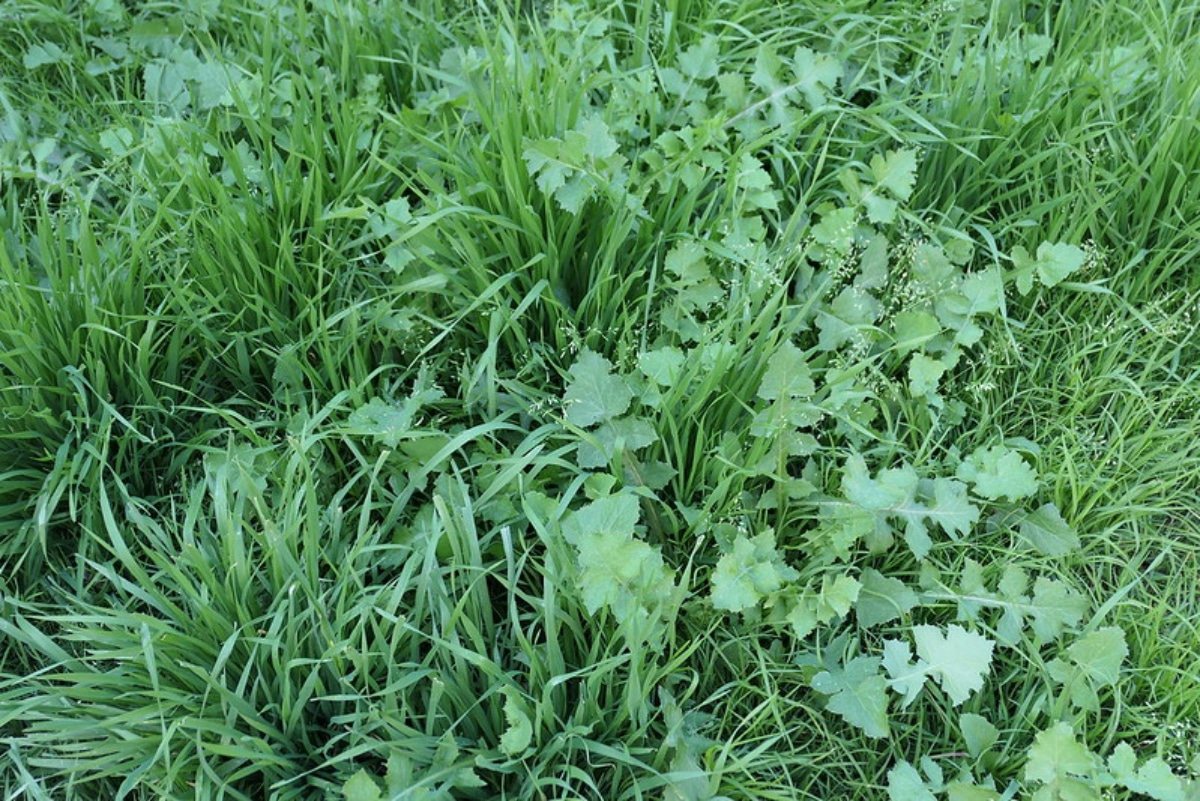
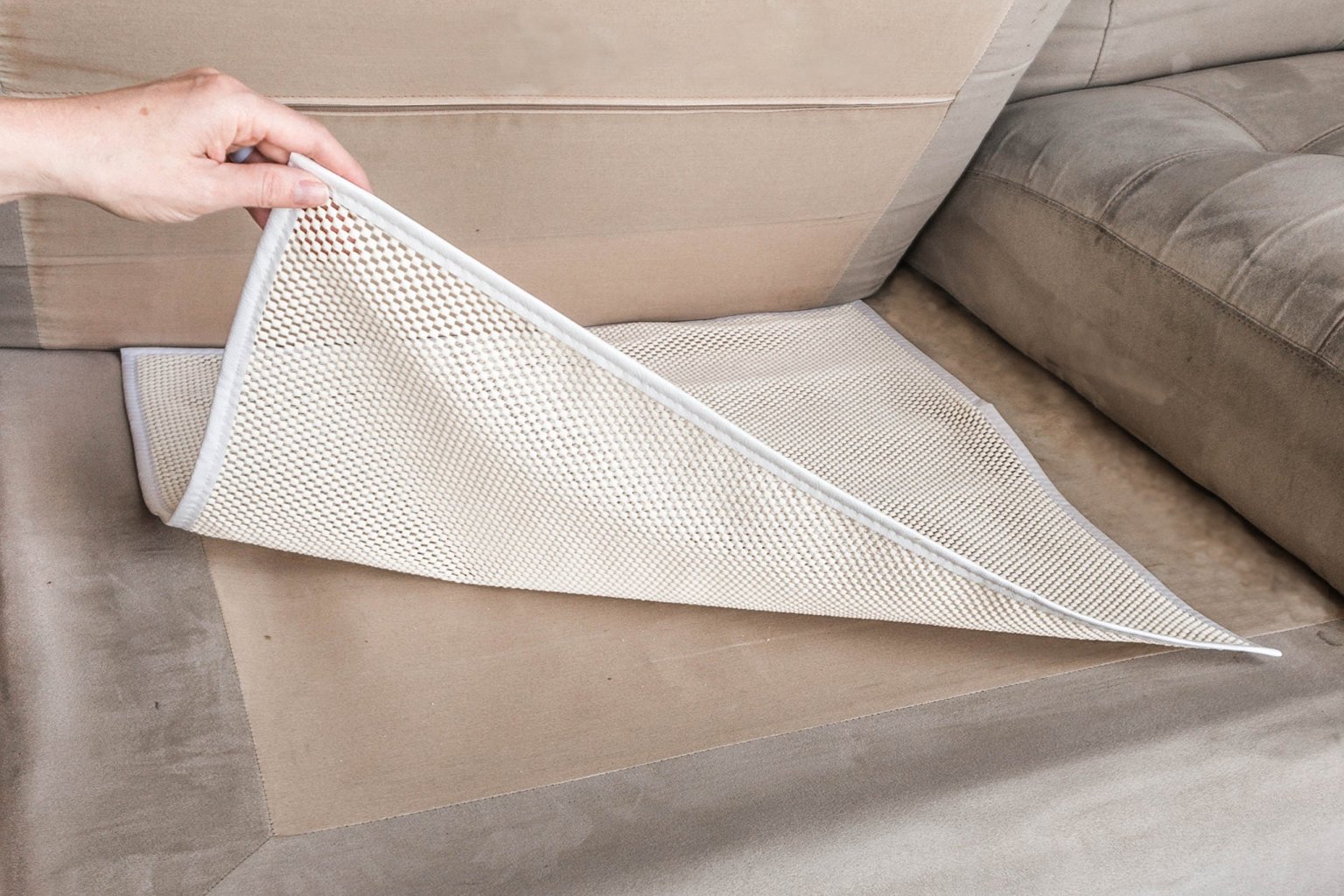

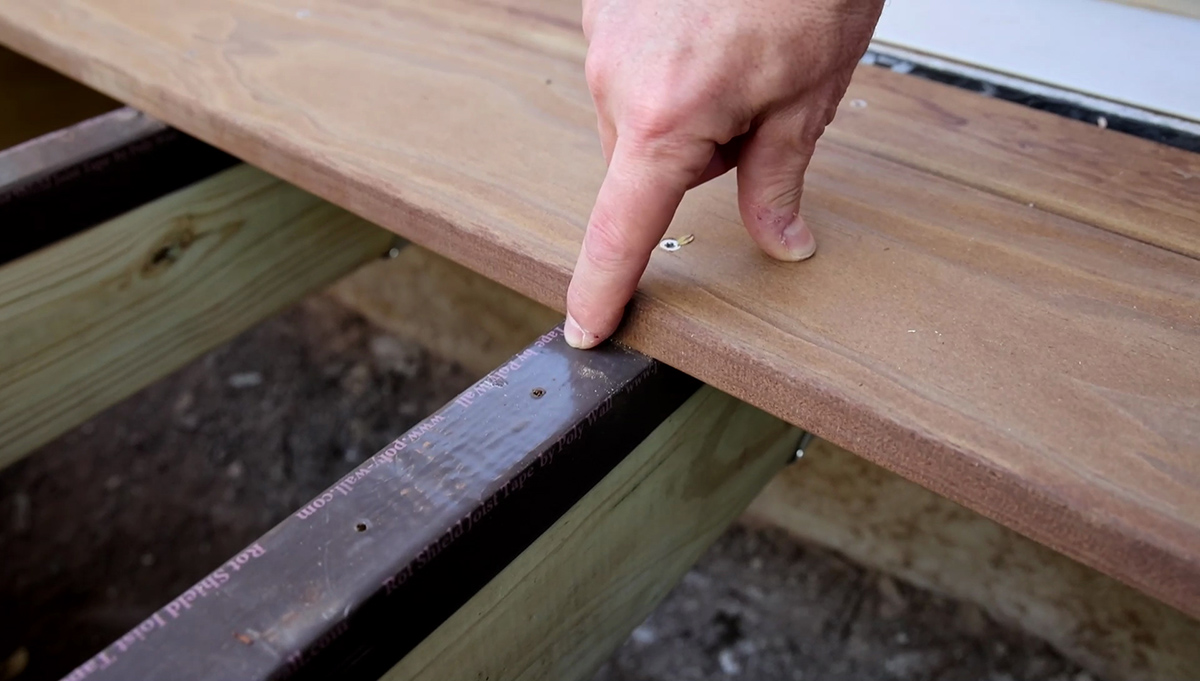
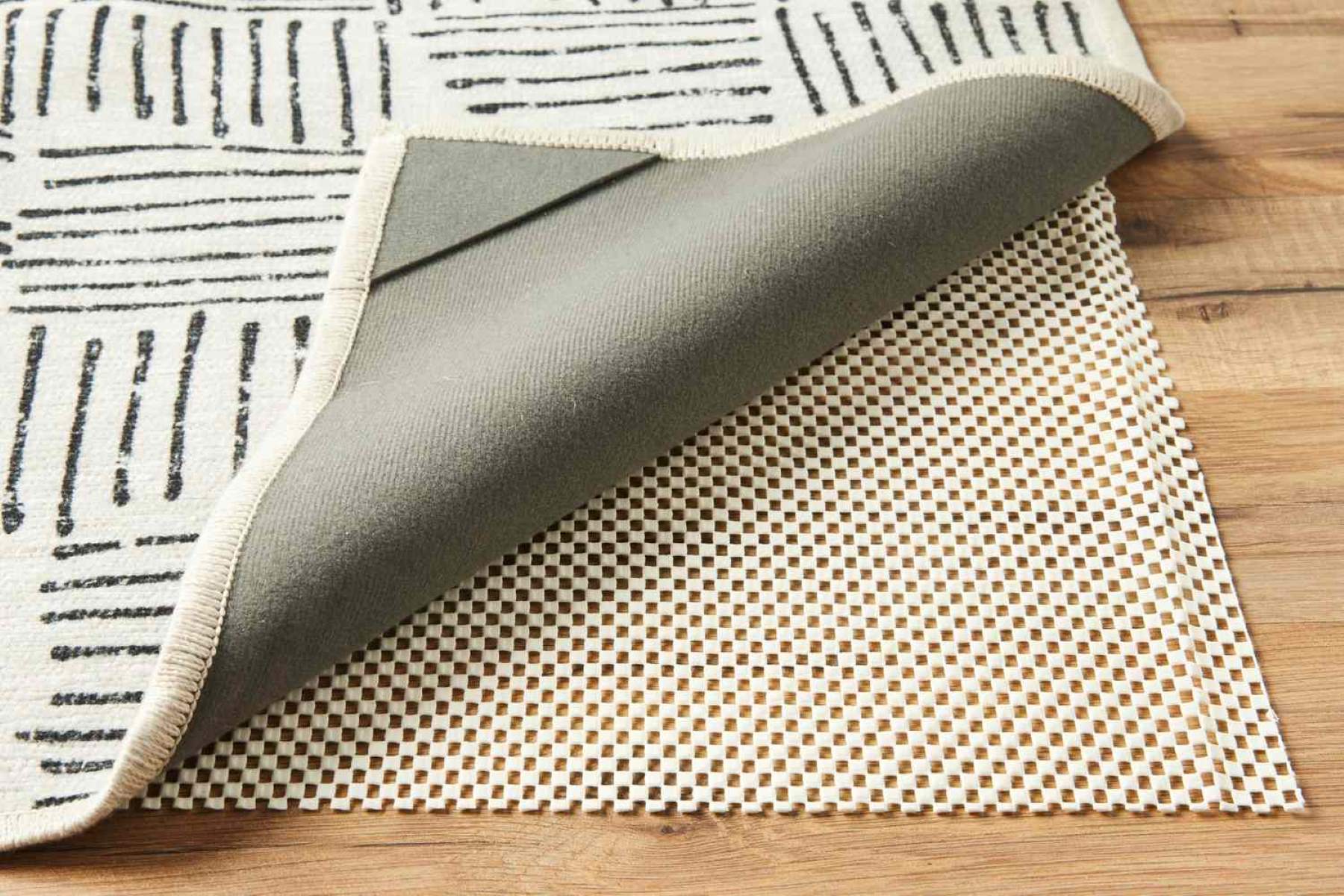

0 thoughts on “How To Prevent Birds From Nesting In Eaves”